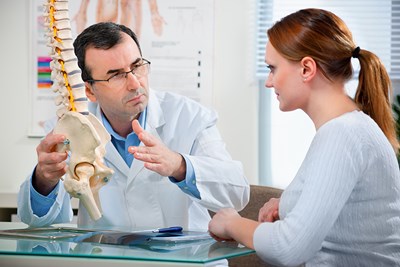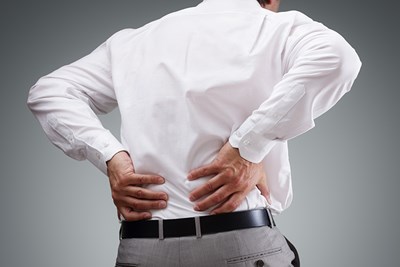Spinal stenosis is a disorder in which an area of the spinal column becomes to small for the spinal cord and nerves running through it. Although it can be a difficult to discover the underlying cause, there are several options for treating spinal stenosis—and although they may not cure spinal stenosis, they may provide some relief without requiring surgery.
Medication Options
Depending upon the cause of your case of spinal stenosis, there may be a series of different medications that offer release. Nonsteroidal anti-inflammatories (NSAIDS) may be a good starting point. These medications, often available over the counter, can reduce inflammation, thereby helping to ease pain. Acetaminophen, an analgesic, may also be useful.
When these medications fail, it may be necessary to turn to corticosteroid injections, or epidurals. Although the goal of the injection is similar to that of an NSAID, they are effective for cases with stronger pain. Additionally, one injection can last much longer than a single dose of an NSAID.
Nonsurgical Options
Additional possibilities for relieving spinal stenosis include limiting or modifying physical activity. Avoid heavy lifting or exerting your body in ways that makes the spinal stenosis worse. However, it is important to stay as active as possible. Some doctors may suggest physical therapy particular to your case of spinal stenosis.
Surgical Treatments
When other options fail, it may be time to consider surgery. Improved surgical technology combined with better imaging technology has made these procedures much more effective. Depending on the circumstances, there are several different types of surgical options.
For example, a laminotomy involves removing a small amount of the back of the troublesome vertebrae (or lamina) to create an open space just large enough for the pressure on the nerves to be released. A laminectomy, on the other hand, removes the whole back of the vertebrae, which may require a bone graft for stability.
Regardless of the type of surgery, your doctor is trying to increase the space in the spinal column, thus relieving the painful pressure on spinal cord and nerves. Unfortunately, none of these options—from NSAIDS to surgical treatments—can guarantee relief from what may be a lifelong battle with spinal stenosis.




